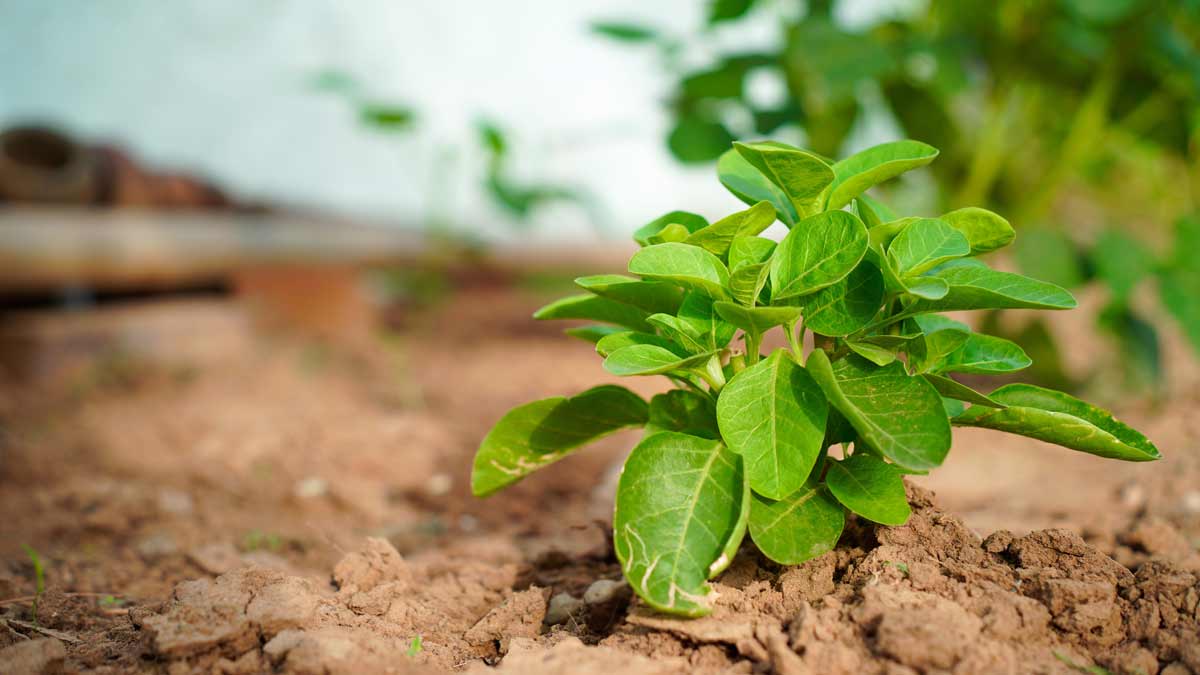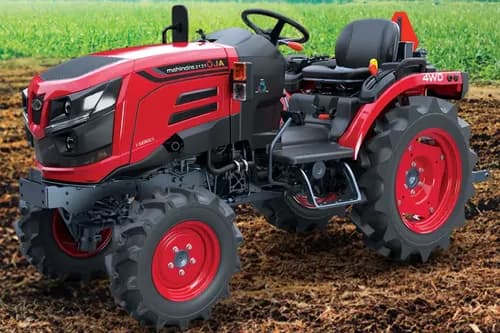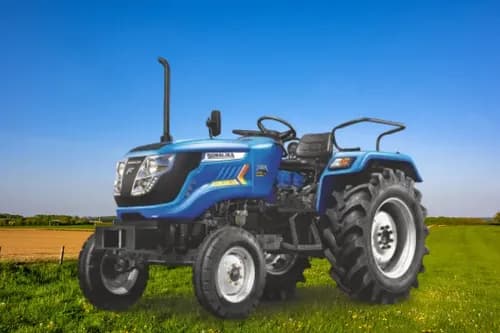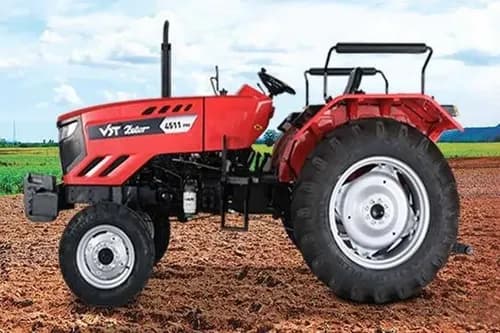Ad
Ad
Ad
Growing Ashwagandha in India: A Beginner's Guide to Cultivation
Ashwagandha, also known as Indian ginseng, winter cherry, and poison gooseberry is a medicinal herb that has been used in Ayurvedic medicines for centuries. The plant is native to India and is known for its various health benefits such as -
- reducing stress
- reducing anxiety
- reducing fatigue
- increasing muscle strength
- supporting heart health
- boosting fertility

Ashwagandha farming in India is gaining popularity among farmers and agriculture enthusiasts due to its high demand and high market value. The plant is relatively easy to grow and can be grown in a variety of soil types, making it suitable for farmers in different regions of India.
In this article, we will discuss-
The easy steps for beginners to start ashwagandha farming in India.
1. Soil preparation
- When cultivating ashwagandha, it is important to consider the soil requirements for the best results. The ideal soil for this medicinal plant is mild red soil or sandy loam, black or heavy soils with a pH level between 7.5 to 8 and good drainage properties.

- It is also essential to ensure that the soil is well-drained, loose, and deep. Ashwagandha cannot thrive in soil that holds moisture and can lead to waterlogging. Therefore, it is important to choose the right soil and make necessary adjustments to ensure proper drainage.
2. Weather conditions
-
When growing ashwagandha, it is important to consider the agro-weather conditions that the crop requires. Ashwagandha is highly tolerant to temperatures ranging from 20-38 degrees Celsius and can also sustain temperatures as low as 10 degrees Celsius.
-
However, it requires dry conditions during its growing season. As it is commonly a rain-fed crop, the annual rainfall should be between 500-750 mm.
3. Preparation of land
- Ashwagandha is a hardy and drought-tolerant crop that grows at an altitude of 1500 meters above sea level.
- To prepare the land, it is important to well-pulverize the soil through ploughing or harrowing, prior to the onset of the monsoon. The soil should be mixed with well-decomposed organic matter to improve fertility and then toss in 10-20 tonnes of farmyard manure.
4. Right way of sowing and planting Ashwagandha
-
When planting ashwagandha, it is important to remove the soil and mix it with an organic fertilizer consisting of 50% soil, 20% peat moss, and 30% vermicompost.
-
Seeds should be sprinkled with water and covered with soil, wet newspaper, or tissue paper. The soil should be kept moist, and the seeds will germinate within a week or 10 days of sowing.

-
The ideal seeding rate is 10-12 kg per hectare for sowing in the line method, which helps increase root production and maximize intercultural tasks.
-
The seeds should be sown about 1-3 cm deep and the plant-to-plant distance should be 8-10 cm while the line-to-line distance should be between 20-25 cm. The distance and spacing, however, can vary depending on soil fertility.
-
The ideal time for sowing is between June to July. In rainfed areas, the seeding rate can be 20-35 kg per hectare, and some areas also practice line sowing and raised bed sowing methods. Some areas also prefer transplanting, so the transplanting of 25-35 days seeds is suitable with a depth of 1-3 cm.
5. Fertilisers needed
-
When growing ashwagandha, it's recommended to use organic methods of fertilization such as mulching, composting, and bio-fertilizers to promote healthy crop growth.
-
Vermicomposting is another traditional method of providing essential nutrients to the soil. This medicinal crop does not require a high concentration of fertilizers and manures, and organic options such as farmyard manure, green manure, and vermicompost are suitable for growing quality herbs.

-
To achieve high-quality yield, the recommended ratio of nutrients per hectare is 15 kg Nitrogen, 25 kg Phosphorus and 10-15 tonnes of organic manure.
-
Chemical fertilizers and pesticides are not necessary for the growth of this crop. Additionally, organic manures such as farmyard manure, vermicompost, and green manure are suitable for growing different species of this medicinal plant. To prevent diseases, it is recommended to use bio-pesticides such as Dhatura, Neem, cow’s urine, and Chitrakmool.
6. Irrigation Needs
-
Ashwagandha is typically a rain-fed crop and does not require irrigation in most cases. However, for areas where irrigation is necessary, it is important to have a well-regulated system in place.
-
Excess water or rainfall can be detrimental to the growth of this crop, so it is best to plant it in areas where there is a steady distribution of monsoon throughout the year.

-
Irrigation needs vary depending on the soil type, but typically only 15 days of irrigation is needed.
-
The first irrigation should be done 30-35 days after germination, and the second irrigation should be done 60-70 days after the first irrigation.
-
Additionally, incorporating organic mulch made from ashwagandha and wheat straws can aid in water infiltration, retain soil moisture, and suppress weed growth.
7. Harvesting of Ashwagandha
-
The herb is ready to harvest after 150-180 days, when the leaves have dried and the berries have turned red to orange.
-
Carefully uproot the whole plant using a power tiller or country plough, taking care not to damage the plant. It is best to do this when the soil has some moisture.
-
Once harvested, the roots and berries are separated for final use. The roots are washed and cut into pieces of 7-10 cm, while the berries are crushed to extract the seeds.
8. Post-Harvesting
- After the harvesting process is complete, the next step is grading. The root pieces are collected in tin containers for commercial trading. It is said that the longer the root pieces are, the higher the price margin they will attract.
Conclusion
In conclusion, growing Ashwagandha in India is a simple process for beginners. As an herb that has been used in Ayurvedic medicine for over 1,500 years, Ashwagandha, is known for various health benefits.
To achieve the best results when cultivating Ashwagandha in India, it is important to pay attention to all the steps mentioned in this article like soil, weather conditions, land preparation, planting, pest control, and irrigation. With the right practices, farmers can expect to achieve an average yield of 3-6 quintals of dry root per hectare and 60-75 kg of seeds. To ensure optimal results, it is also recommended to use the latest farming equipment.
Features & Articles
Here's Why BharatBenz Staff Bus Ideal for Office Commutes
In this article, we will discuss Why BharatBenz Staff Bus Ideal for Office Commutes....
25-Jul-24 12:34 PM
Read Full NewsBenefits of buying Tata Yodha Pickup Truck in India
In this article, we will discus the Benefits of buying Tata Yodha Pickup Truck in India....
24-Jul-24 12:46 PM
Read Full NewsCheck Out Top 5 Features of Tata Ace Gold Mini Truck in India
In this, article we will discuss the top 5 features of Tata Ace Gold Mini Truck in India. ...
22-Jul-24 10:42 AM
Read Full NewsWhat is the Difference Between Single-Cylinder and Two-Cylinder Engine Vehicles
Discover the key differences between single-cylinder and two-cylinder engines in mini-trucks, including performance, durability, and cost. Find out which engine type suit...
20-Jul-24 10:39 AM
Read Full NewsBenefits of Buying Tata Ace Ev 1000 In India
In this article, we will discuss the Benefits of Buying Tata Ace Ev 1000 In India....
15-Jul-24 01:50 PM
Read Full NewsHere’s why you must buy E-Trio Touro 3-Wheeler in India
In this article, we will explore the main reasons why you must buy E-Trio Touro 3-Wheeler in India....
12-Jul-24 02:06 PM
Read Full NewsAd
Ad
Registered Office Address
Delente Technologies Pvt. Ltd.
M3M Cosmopolitan, 12th Cosmopolitan,
Golf Course Ext Rd, Sector 66, Gurugram, Haryana
pincode - 122002
Join CMV360
Receive pricing updates, buying tips & more!
Follow Us
COMMERCIAL VEHICLE BUYING BECOMES EASY AT CMV360
CMV360 - is a leading commercial vehicle marketplace. We helps consumers to Buy, Finance, Insure and Service their commercial vehicles.
We bring great transparency on pricing, information and comparison of tractors, trucks, buses and three wheelers.























